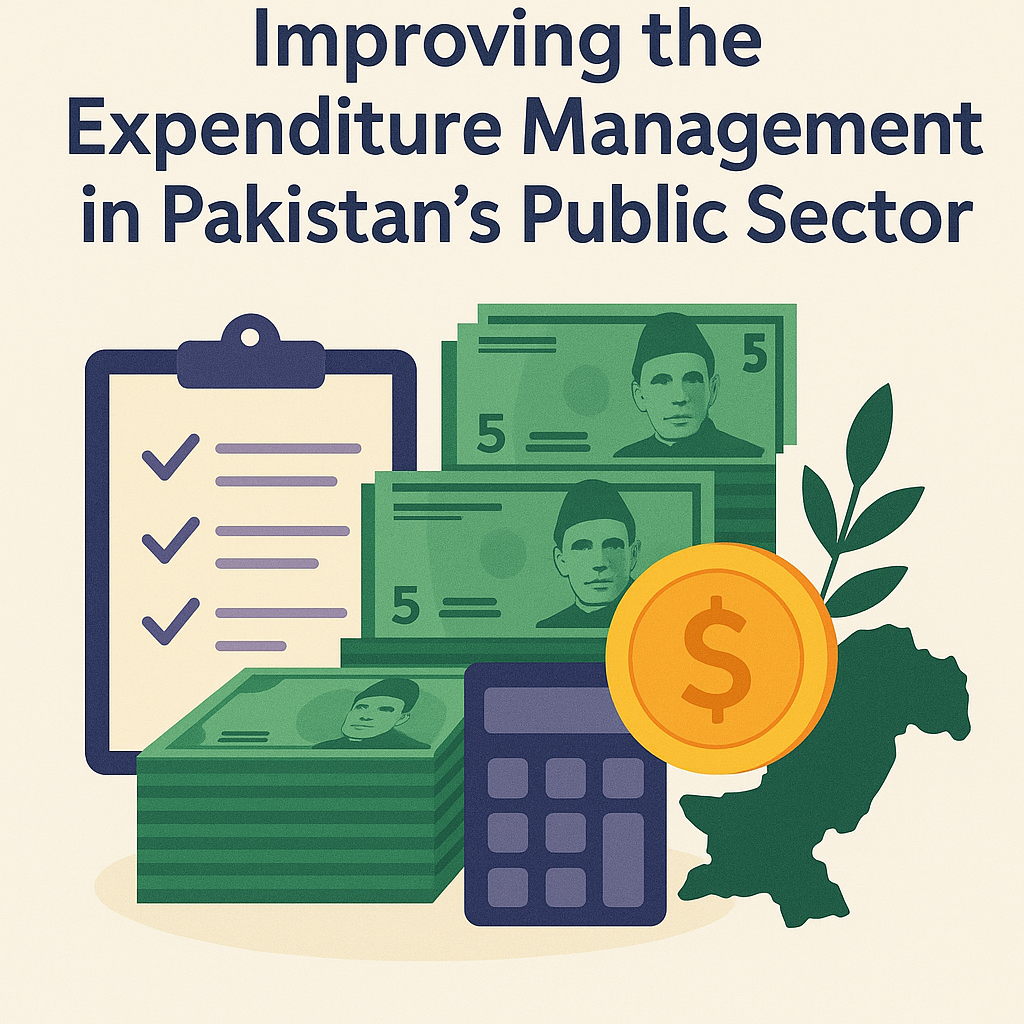
Pakistan’s public expenditure system, a cornerstone of its fiscal governance, remains plagued by inefficiencies that undermine economic stability and erode public trust. Despite allocating over PKR 14.5 trillion in the 2023-24 federal budget, the country continues to grapple with chronic underspending in critical sectors, mismanagement of development funds, and pervasive leakages estimated to cost up to 15-20% of annual budgets. These challenges stem from outdated budgeting practices, institutional fragmentation, and a lack of accountability mechanisms, all of which demand urgent structural reforms. As Pakistan navigates mounting debt and inflationary pressures, modernizing expenditure management is no longer optional—it is a prerequisite for sustainable growth.
At the core of the problem lies an archaic budgeting process rooted in incrementalism. Federal and provincial budgets are often prepared as marginal adjustments to previous years’ allocations, with limited linkage to strategic priorities or performance metrics. This “baseline budgeting” approach perpetuates inefficiencies, as underperforming programs continue receiving funds while innovative initiatives struggle for traction. For instance, the Public Sector Development Programme (PSDP) has repeatedly suffered from unrealistic project appraisals, with nearly 40% of development funds in 2022-23 remaining unutilized due to bureaucratic delays and poor planning. Compounding this is the persistent issue of fragmented oversight: multiple agencies, from the Finance Division to line ministries, manage expenditures in silos, leading to duplication and weak coordination. The Auditor General of Pakistan’s 2022 report highlighted PKR 327 billion in irregular expenditures across 614 departments, underscoring systemic accountability gaps.
Fund allocation further suffers from political expediency. Elected representatives often prioritize constituency-specific projects over national needs, skewing resources toward short-term gains. A 2023 study by the Pakistan Institute of Development Economics (PIDE) revealed that 35% of PSDP allocations in the past five years were directed to low-impact “road and bridge” projects in politically influential districts, while education and health received just 12% collectively. This misalignment exacerbates regional disparities and stifles human capital development. Moreover, the absence of robust monitoring mechanisms allows funds to leak through inflated contracts, ghost employees, and procedural loopholes. The National Accountability Bureau (NAB) recovered PKR 71 billion in embezzled public funds between 2020 and 2023, but such enforcement remains sporadic and politically selective.
Institutional weaknesses are equally concerning. Provincial finance departments, tasked with executing 70% of development spending, lack the technical capacity to manage complex projects. Only 18% of civil servants in these departments have received formal training in financial management, as per the World Bank’s 2021 Public Expenditure Review. This skills deficit, coupled with outdated manual systems, delays processes like tendering and disbursements. Meanwhile, real-time expenditure tracking remains elusive—a stark contrast to India’s Public Financial Management System (PFMS), which digitizes fund flows from treasury to end-users, reducing leakage by 30% in key schemes.
Addressing these challenges requires adopting international best practices tailored to Pakistan’s context. Transitioning to performance-based budgeting (PBB), successfully implemented in countries like South Korea and New Zealand, would tie allocations to measurable outcomes. For example, allocating health funds based on vaccination rates or reducing maternal mortality, rather than historical budgets, could drive efficiency. The federal government could pilot this approach in sectors like education, where budgets would link to student retention rates or infrastructure quality audits. Complementing this, Pakistan must accelerate digital innovation. Blockchain-based smart contracts could automate payments upon project milestones, minimizing delays and graft. Similarly, AI-driven platforms like Argentina’s *Sistema de Información Federal de Inversión Pública* (SIFIP) use predictive analytics to flag high-risk expenditures, enabling preemptive audits.
Strengthening institutions is equally critical. Establishing an independent Fiscal Council, modeled after Sweden’s Finanspolitiska rådet, could depoliticize budget formulation and evaluate fiscal performance against targets. Provinces need capacity-building initiatives, such as the Punjab Resource Management Programme (PRMP), which trained over 5,000 officials in modern financial tools, improving project completion rates by 22%. Concurrently, Pakistan should operationalize the Right to Information Act by launching centralized expenditure portals, allowing citizens to track funds in real time—a transparency measure that boosted accountability in Kenya and the Philippines.
Legislative reforms must also address structural flaws. The Public Finance Management Act, last amended in 2019, needs provisions for mandatory mid-year budget reviews and sunset clauses for underperforming programs. Parliamentary committees should hold quarterly hearings on expenditure outcomes, with ministries required to justify deviations. Finally, leveraging public-private partnerships (PPPs) for infrastructure projects, as seen in Turkey’s Build-Operate-Transfer model, could reduce fiscal strain while improving service delivery.
The stakes of inaction are high. Persistent mismanagement risks exacerbating Pakistan’s debt crisis, diverting resources from essential services to interest payments. Conversely, a reformed expenditure system could free up PKR 800-900 billion annually—enough to double health and education budgets—while restoring investor confidence. For a nation where 40% of the population lives below the poverty line, efficient public spending is not just an economic imperative but a moral obligation. By embracing technology, accountability, and evidence-based allocation, Pakistan can transform its public sector from a drain on resources into an engine of equitable progress.
This article was published on publicfinance.pk.
